Your cart is currently empty!
Author: jeremy
-
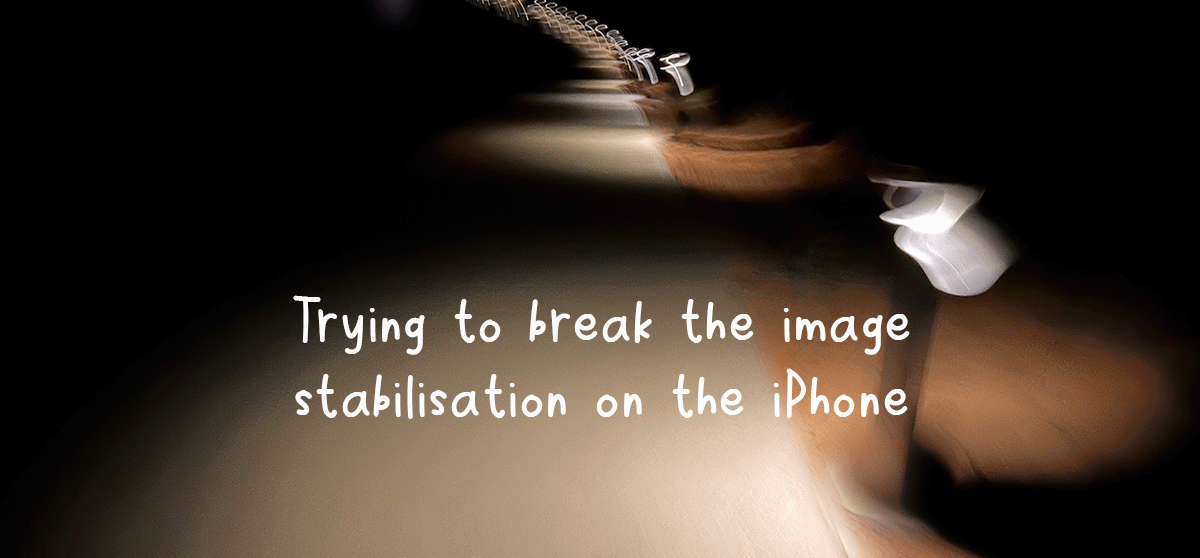
Trying to break the image stabilisation on the iPhone
I spent some time at night shooting stars while playing with the 10s exposure time on my iPhone 14, trying to push the limits of the image stabilisation.
It was about 9-10pm on a dark night at Denham, WA on the coast. The small-ish town from the top of the main hill, has small groups of city lighting and on that night, handful of night fishing boats a 1km or so off shore shining their spot lights back to land. Along the main coastline escapement a solar-lit walk path has been installed and the end of the solar light trail, there are no street lights and it is very very dark.
I tried all sorts of ways to break the phone image stabilisation and get light streaking. The iPhone tech seems to front load a lot of the image capture and then apply iterative adjustments as the image develops. So after 1s or so, most of the image is captured and you lose the chance to move the lens and blur the image.
The best results were achieved by pressing the shutter button, waiting a short moment and then moving the camera quickly. Too slow and you’ll get no effect, the phone works fast.
I tried all sorts, slow-quick movement, spinning the phone, vertical and horizontal movement. What did work well and seemed to confuse it, was taking the photo in a light area and moving to a dark (light to night sky) or vice versa. It took a lot longer trying to match the original scene to the new and after messing it up, it gave up pretty quickly.
Here are some of the results I got with some light streaking, and a couple of the star shots using the 10s exposure. You can only set it to 2s btw and then it auto adjusts up to 10s max.

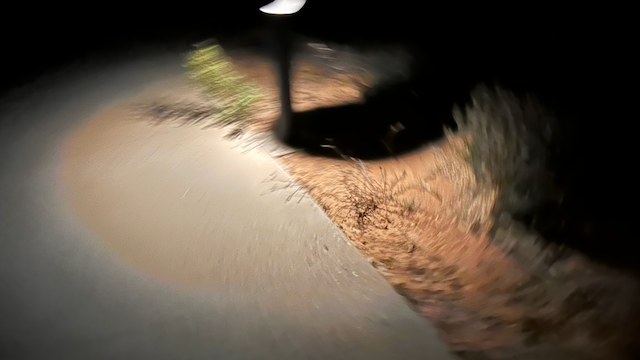
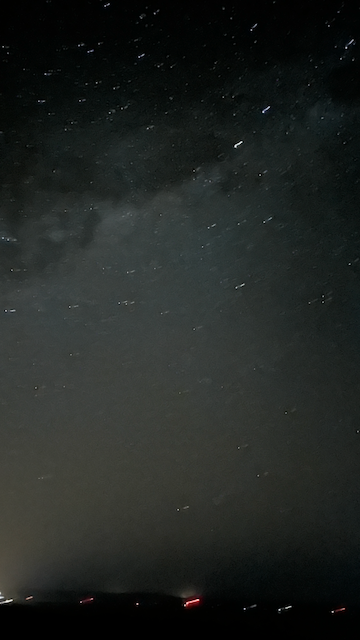
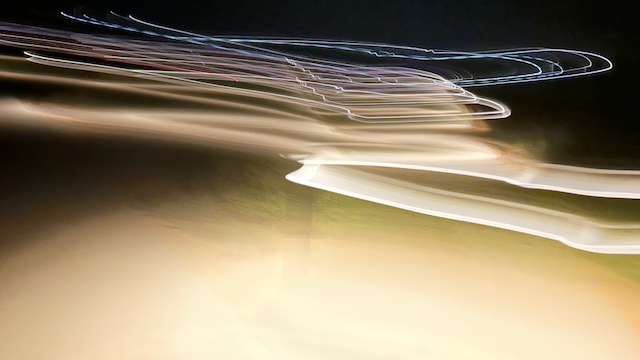
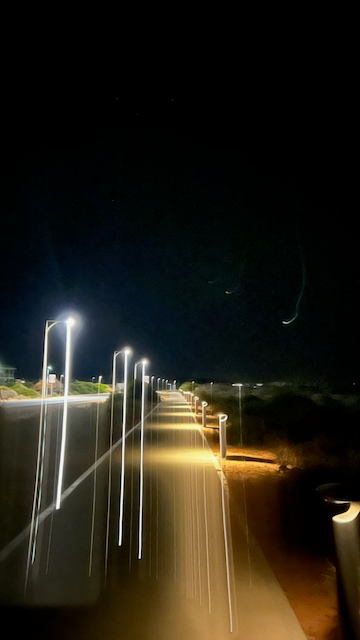
-
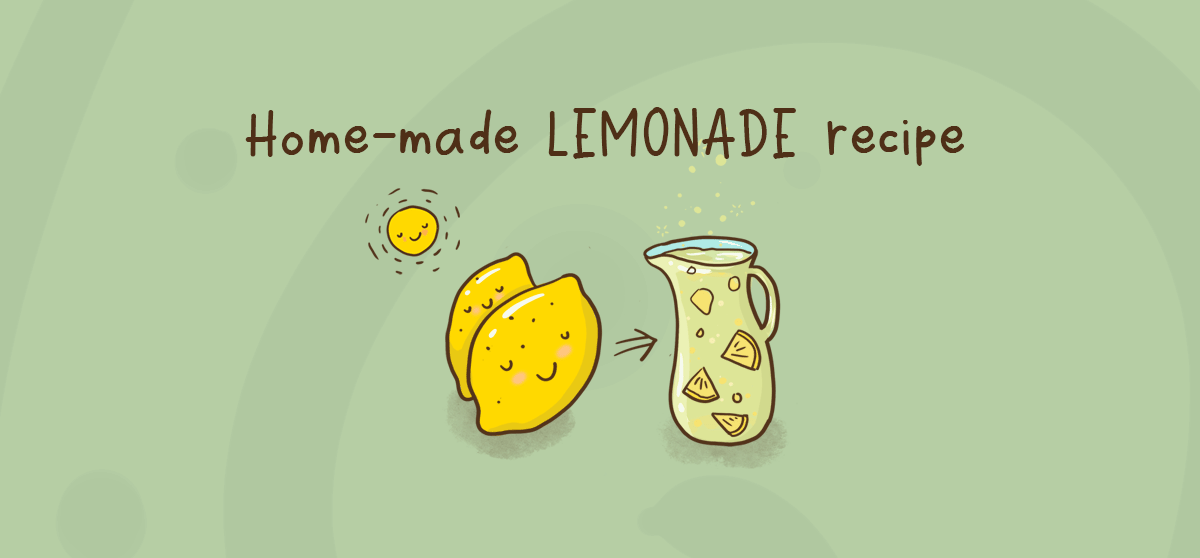
Home-made lemonade recipe
The lemon tree gets heavier and heavier each year and I struggle to find ways to use them, very fortunate! Here’s this year’s first use and its homemade lemonade.
If you’re looking for an easy but super yummy recipe for making your own lemonade, try this one out. This recipe makes around 2 litres or around 70 oz, so halve it if it’s too much for you.
Ingredients
- 8 x fresh lemons
- 300 (1 1/4 cup)grams of sugar
- 150 (3/5 cup) grams of honey
- Other erbs. You might try cloves, other aromatics
- 2 ltrs (70 oz) of water
Let’s get to it. Be aware that the flavour of the honey you use will affect the taste of your lemonade. Try experimenting with different honeys.
Slice your lemons
Slice your lemons into halves, then quarters and remove the seeds and white pith in the centre. I cut a shallow triangle in the centre to make it quick and easy.
Then I slice them really thin, about 5mm or about a 1/4 inch. It’s a good thickness for cooking them and also when you eventually eat a slice or two in your lemonade.
Cook your lemons
Throw the water into a large saucepan and then the lemons and the rest of the ingredients. Bring it to the boil and then down to a simmer for 20 – 30 minutes. I sometimes leave it in longer to soften up the lemons further.
Let it cool
Take it off the heat and let it cool down to room temperature. You could transfer it to a large glass jug or two at this point.
Then put it in the fridge to sit for at least 24 hours. This will let all of the goodness mix and the lemon and sugars mingle into a super strong lemony flavour.
Enjoy your lemonade
Your lemonade doesn’t have any fizz so grab some ice and soda water and mix it up. I use less sugar sometimes and use a ration of 1/3 lemonade to 2/3 soda water. Experiment to find your best ratio.
I love the natural flavour that this picks up from the lemon rind. It’s a very different taste to what you get in the bottle from the supermarket. Hope you like this and leave a comment if you made some and it worked for you!
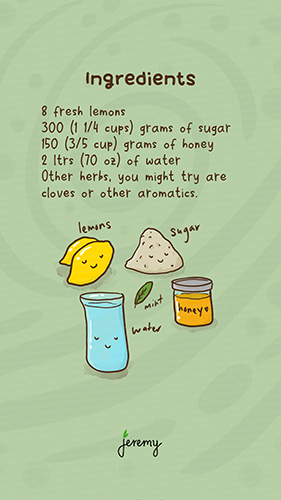
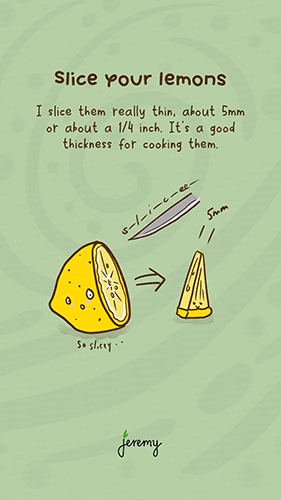
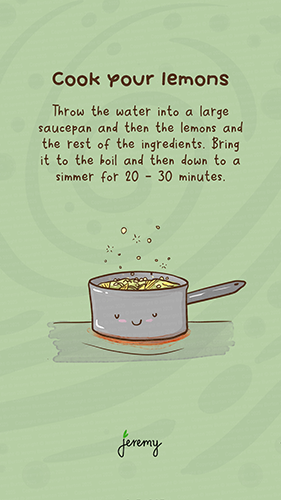
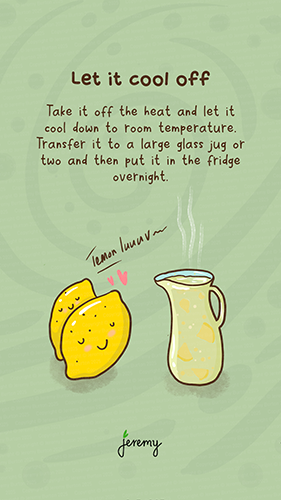
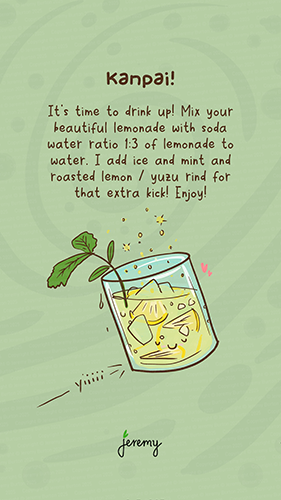
-
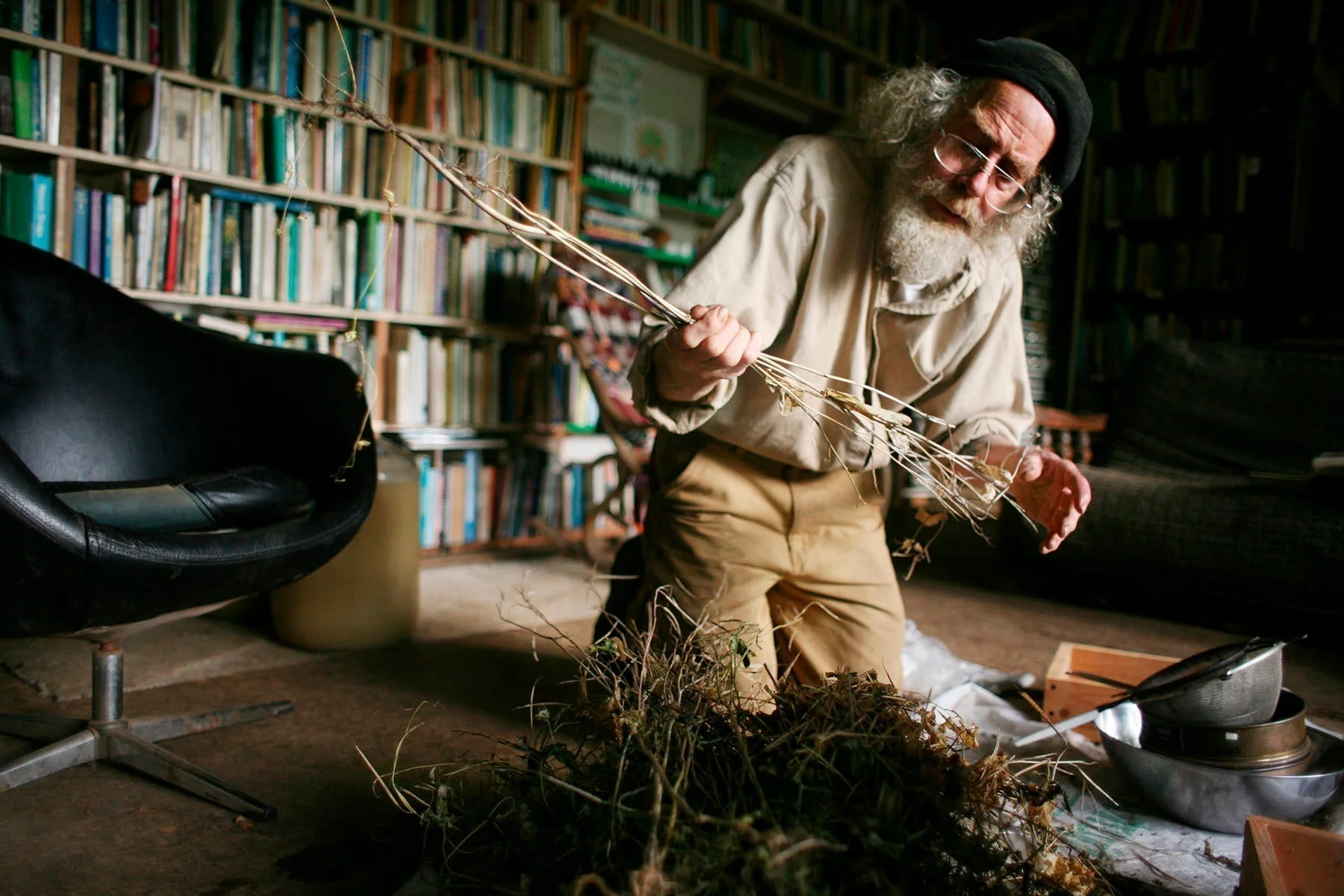
The philosophy of living as a part of nature
I came across Joe Hollis’ MountainGardens retreat around 2019 I think, and was struck by his philosophy of working with nature. It was his wasabi videos that I watched first and he had such a wealth of knowledge and presented it so humbly on camera. Joe was fortunate enough to have running streams through his property that were ideal for growing wasabi. I followed his updates on YouTube and instagram, learnt a great deal and really enjoyed the insights into life there in the South Toe valley in North Carolina.
A fire in 2022 devastated half of his life’s work of seed collecting, tincture creating, the apothecary and herb shop, many tools, and the manual knowledge recording. It affected his health, but of course he got right back to rebuilding. There is a GoFundMe page if you would like to donate. It’s heartening to see people donating each day even now, a testament to the legacy of sharing that Joe had.
Joe passed away from cancer in Nov 2023, handing over the work to some very dedicated people. In late 2024 a landslide cut a swath through the side of the property and more recently in 2025, a hurricane caused further damage. It seems like a reminder that nature is the true survivor and eventually we and all of our created work are all returned to where they came from, back to nature.
That doesn’t mean our work is pointless. We can make a difference and influence the future generations and our memories and activity, may eventually be those of the people coming after us.
It also seems timely as two other events unfold, one being the release this month of David Attenborough’s likely last major production, Ocean.
And the other being the holding of the largest herb festival in the United States and Canada, the Asheville Herb FestivalA festival that the MountainGarden team attend.
It seems a good time to write about Joe and his work as the onsite workshops have just restarted at his property. Joe’s philosophy was to demonstrate a way of living that’s good for the planet, good for society and good for him the individual. It seems many of us have it in the reverse order.
His annual income rarely went above $10k and so tax wasn’t a concern. The focus was on a life that had its needs met by the surrounding natural environment and not the monetary or economic system.You could take the view that this approach is 60-70’s influenced, a remainder of the hippie era. And there’s some aspect of that to tincture and herbal product making even today. However, it’s the philosophy that’s interesting.
With the state of our ocean and climate changes being so drastic, it seems we need a major rework of how we produce consumable objects to preserve the world we have now. There’s hope all around us, with people like Uluu working on removing plastic from our ecosystem. Clothing on this site by the way, is remilled material. I’m sure we all do our part in our local area as well.
This year (2025) I came across Jon Jandai’s TedX talk on how life is easy. Jon has a similar mindset to Joe and speaks about how we do so much comparing with others, that we get distracted from being with ourselves (understanding ourselves) and living our life together. This seems to be some of the essence of the issues that social media platforms are causing across society today.
He’s created a community seed bank and education centre in Thailand where people are living an easy life, not trying to make it complicated and hard. I enjoyed his lesson on the pair of jeans and the fashion industry. He saved for a month for a pair of jeans, put them on and looked at himself from different angles and saw he was still the same guy. He realised that chasing the latest fashion didn’t change him and that going to uni, working hard to work hard to make even harder work, was not his direction in life.
I’m a seed saver myself and each year the process gets a little more organised. As I work on my next book and sustainability blog, I’m finding more depth to the aspects of health and the beauty of natural life. Some plants just really are stunningly beautiful as well as being good for us, like ginseng. No seeds, no life – as Jon says.
This blog really is a thank you to Joe for the 50 years of work and banked knowledge that he’s shared in documents and videos. I’m grateful to have stumbled across his work, continue to watch his videos and will hopefully contribute a little back to this planet in my time here.
Maybe this is the timing when we look at how we can live in a way that’s good for the planet, good for society and good for us.Image credit to Mountain Gardens.
Leave a comment if you connected with this or join me on Threads.
-

Hayakawa Hamonoten 早川刃物店 knife sharpeners in Kyoto
In 2019 I visited Kyoto with a goal to purchase a better さばき包丁 (sabaki knife) for fish and some veggie use. I’ve been to a few houchou artisans in Kyoto and wanted to try somewhere different. After visiting several and being mostly ignored, one guy had a friendly customer approach and we got chatting.Their business has been running for around 120 years and has passed through 4 generations. Hayakawa Hamonoten are not knife and scissor manufacturers, but sharpeners. If you purchase your knife your customer experience starts with questioning. Yes, a detailed understanding of customer needs. So many businesses forget how to do this to the point that the customer wants to advocate.
“What will you use your knife for? How often, what kind of a lifetime do you want, where will you use it, is it a multipurpose and how much effort will you put into maintenance?” These are just some of the questions I was asked as I was guided along the conversation and arrived at the end feeling like I was purchasing a Maserati.
It was raining and I had in mind a quick purchase and a plan to zip off to a cafe around the corner I’d spied that had a fireplace. But the owner’s passion for the craft, made the hour stay a privileged learning experience. Knife materials, widths and the purpose of blade angles were some of my lessons. Explanations to questions were patient, happy and humbled in the way only decades of experience can provide.
Hamonoten, like many life sharpeners in Kyoto, engrave your name into the blade along with the founders name – Nobuhisa. Personalisation. There is something very special about old school physical personalisation of a product you purchase.
It was the end of the day and near their closing time so I casually mentioned I was leaving Kyoto and wouldn’t be back soon, expecting the result would be a postage option the next day. But customer service – “head off to the cafe, take my umbrella and I’ll finish it for you”. One hour pst closing time, I received my knife. He’d stayed back working on the grinder just for me.
Customer experience.
- Gather a true understanding of the customer’s needs.
- Deliver an amazing product and service through passion.
- Work every angle, so every single customer walks out happy and an advocate.
I took my new knife on every fishing trip. Rave about it, recommend the place of purchase and tell the story.
Unfortunately in 2024 my car was broken into by some lowlives and this knife was stolen. I’ll return to Hamonoten soon to purchase again. Lifetime customer.
Hamonoten is 5 star rated – read the reviews and you can see the long term advocacy and volume of repeat business they have gathered over time. Trip Avisor – 5 star rating Facebook – 5 star rating
- Hayakawa Hamonoten – http://hayakawa.ws/hamonoten/
- Google – https://g.co/kgs/GjPzVQz
-
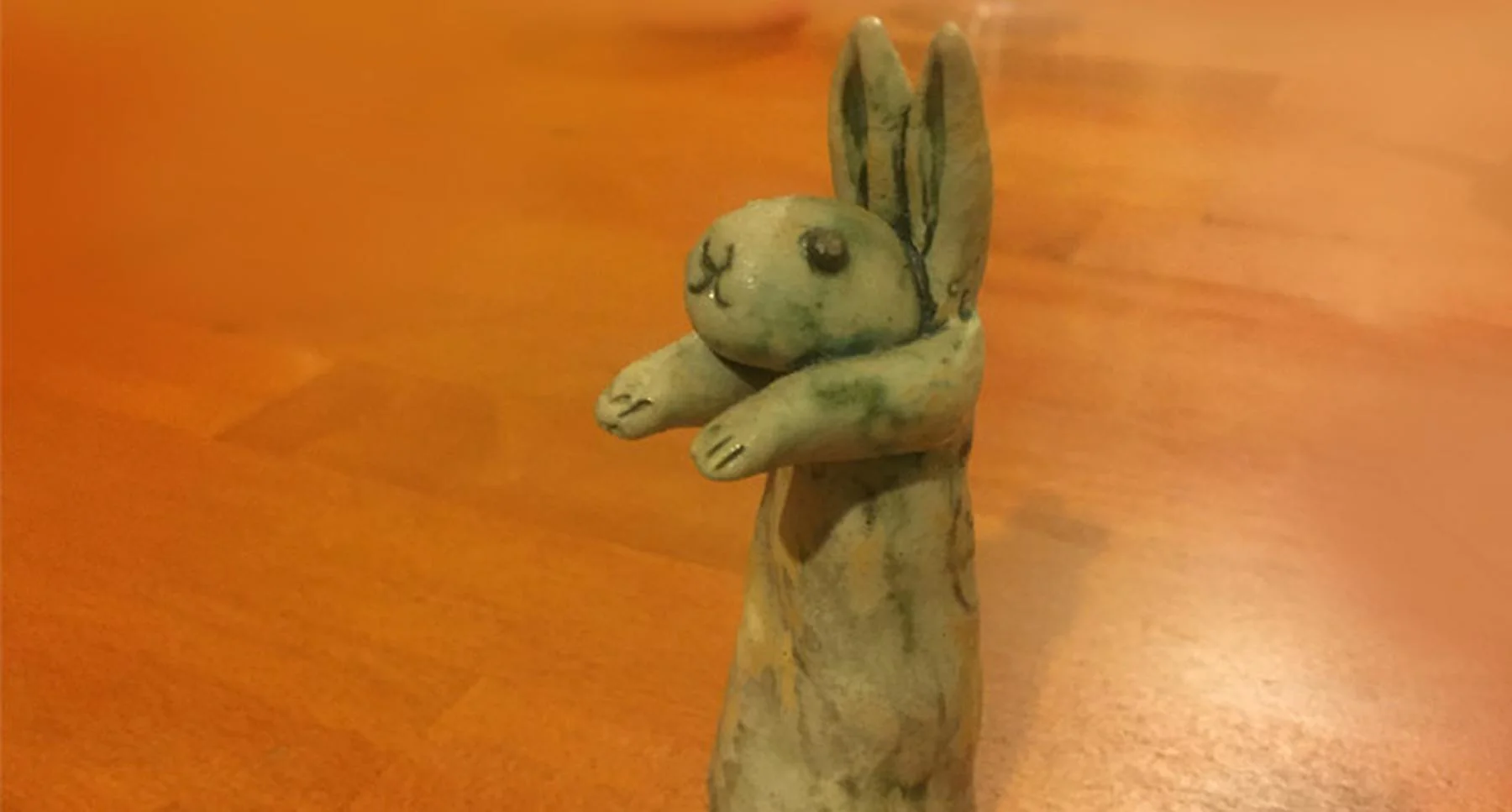
Kotouen (小陶苑) a beautiful pottery gallery and tea ceremony classroom Arashiyama, Japan
Kotouen (小陶苑) is a beautiful pottery gallery and tea ceremony classroom in the heart of Arashiyama, Japan. I visited the couple who’ve run it for over 50 years, a business passed down from the owner’s father. The atmosphere was still and I didn’t want to leave. Sitting in the garden with beautiful hand-built pottery everywhere, I ended up chatting, drinking ocha mixed by the master and discussing the reasons why their business had continued for so long.With a nondescript entrance and a small sign, it didn’t appear to attract big numbers of customers the day I visited. Just a trickle of the right kind. The entrance opens up to a small garden with low table seating under the dappled maples. A slight breeze and dancing sunlight highlight the large ceramic pieces spotted around the garden. A hotel, small animals and interesting creatures, it was like sitting in a children’s storybook.
The owner was kind enough to share his studio story and how he teaches ceramic classes while his partner teaches tea making (sado) lessons.
For the lifespan of the business they’ve cultivated a loyal base of customers that advocate for them, and they’re service is extraordinary. In the two hours I spent there, I learnt of the business history, about their connections in Perth!, how the business has passed through the family generations and many of the stories behind some of the amazing hand-built pottery pieces. The centrepiece in the workshop is a small boy riding a large fish, made for the birth of their son.
One of the reasons they explained for their continued success, is they value every customer and every moment they had to interact with them. This was a learning moment for me. Our time with each other is so precious.
At Koutouen they put a very high value on each and every interaction they have with not just current customers – but also any new people who wander through and don’t purchase.
Kotouen’s garden environment lends itself to a pace slow down and an interesting conversation. In a fear-based work environment, we’re in survival mode. Each and every interaction with work colleagues or clients is an opportunity to learn something and it may be something small, but may last a lifetime.
In Japan there’s a saying used often in business, sa-bisu gokoro (サービス心) – service mind. It’s the real desire to understand what a customer desires and leave them satisfied, happy and wanting to advocate as they walk out the door or finish using your service. It requires a focused effort on the customer, their needs and how we can meet, exceed and ultimately delight them. At Kotouen, their personal service comes from a real desire to make each person happy with their purchase and experience.
It’s up to us all to make a safe workplace and culture where we all have the capacity to focus and genuinely want to provide an amazing service or product.
The rabbit, well that was a final present from Kotouen as I left and serves as my reminder of this lesson at home each day.
